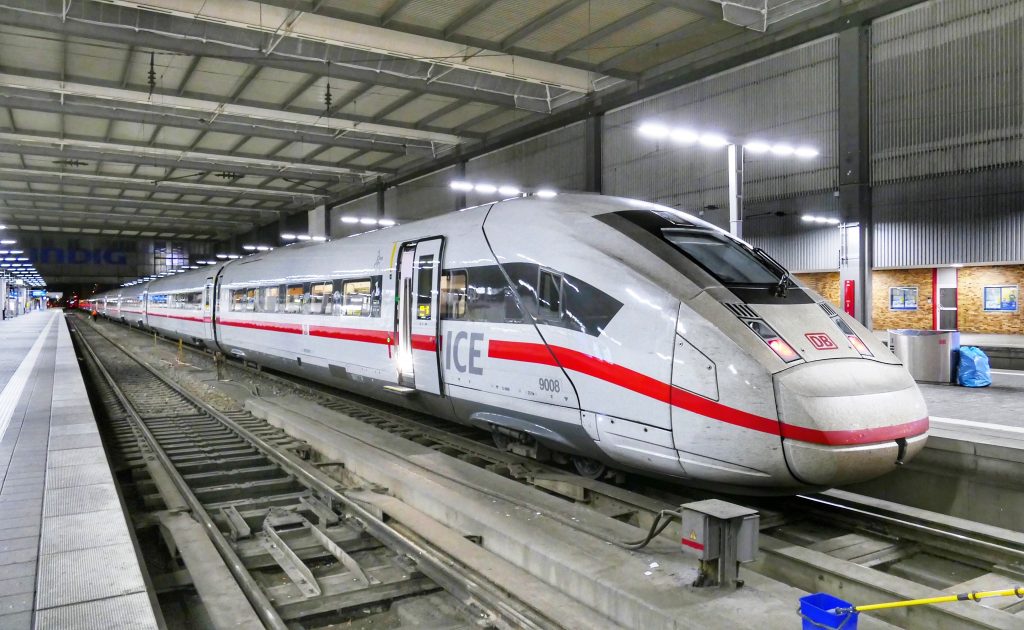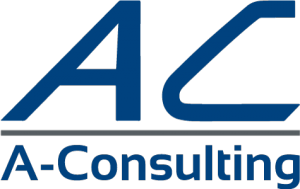Get across Europe by train without restrictions and many layovers? Or travel to all countries of Europe with a rail vehicle? With a motor vehicle this would be possible without any problems. With a rail vehicle, however, there are many requirements that must be taken into account and make this undertaking considerably more difficult. For a long time, the authorisation of rail vehicles was a national matter and characterized by different authorisation processes. The only exceptions were railroad cars that travelled across Europe.
With the introduction of the TSI – Technical Specifications for Interoperability – work has begun to Europeanize the technical requirements for rail vehicles.
From June 2020, likewise, the administrative act under the 4. Railroad Package for the authorisation will be Europeanized and carried out by the European Railway Agency (ERA). For many companies, the authorisation process continues to be a major challenge, as often the processes and requirements necessary for this are unclear.
Once every requirement has been met and the ERA and the national safety authorities involved have given their authorisation, the manufacturer is allowed to put its rail vehicle on the market. Finally, compatibility with the track must be verified.
This is just a brief insight into the authorisation of rail and auxiliary vehicles.
You want to register a rail or auxiliary vehicle and need support?
We support you in the authorisation process and provide you with an authorisation manager or consultant. We take over individual work packages and thus support you in identifying the relevant authorisation requirements, in coordinating the tests of the assessment bodies (NoBo, DeBo and AsBo) and in contacting the authorities.
If you would like to learn more, please feel free to contact us.


Do you want authorize a rail or auxiliary vehicle and build up the competence for this in your company? We actively support your employee throughout the entire authorisation process.
Of course, we will accompany your employee in every phase of the project and in meetings with the assessment bodies or authorities.
Would you like to learn more? We are eagerly awaiting your request.
